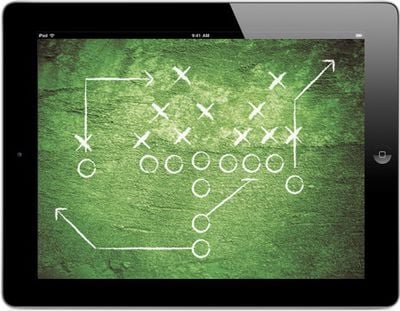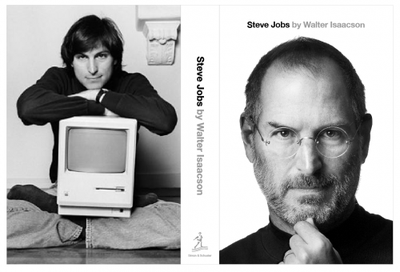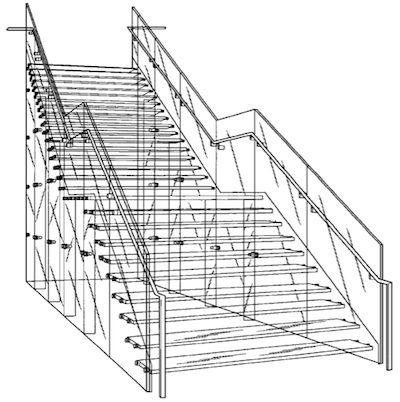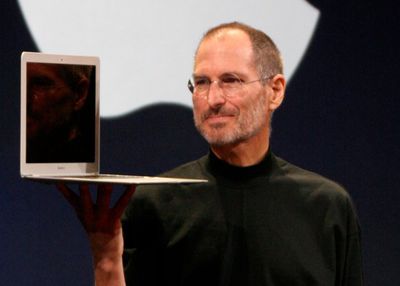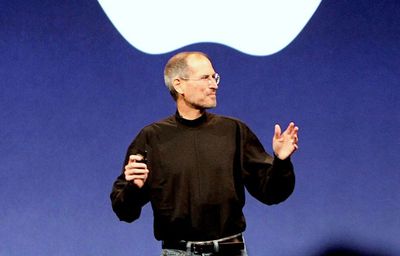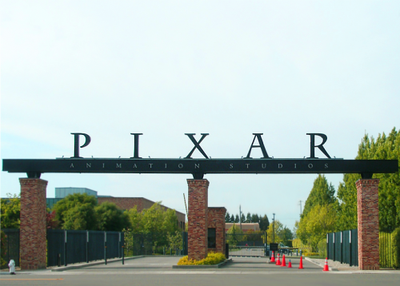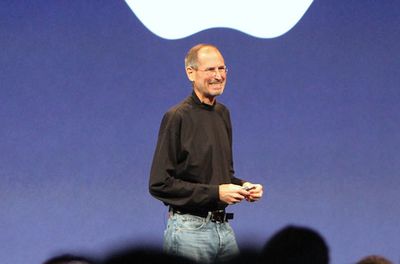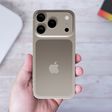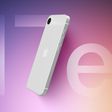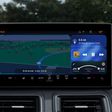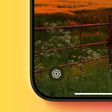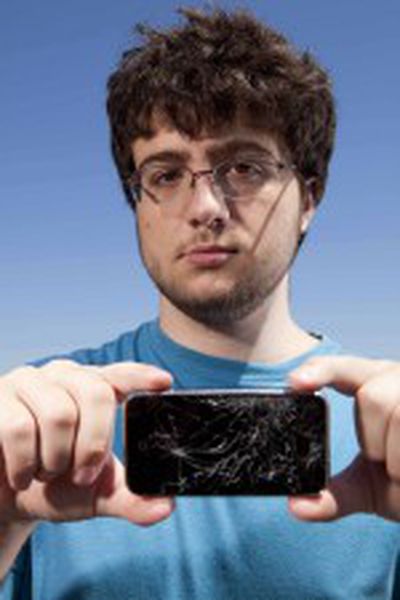 Comex, the hacker behind JailbreakMe.com, is joining Apple as an intern. JailbreakMe.com made it extremely easy for iOS users to jailbreak their devices simply by visiting a website. He announced the hiring on Twitter:
Comex, the hacker behind JailbreakMe.com, is joining Apple as an intern. JailbreakMe.com made it extremely easy for iOS users to jailbreak their devices simply by visiting a website. He announced the hiring on Twitter:
It's been really, really fun, but it's also been a while and I've been getting bored. So, the week after next I will be starting an internship with Apple.
Forbes unmasked Comex as Nicholas Allegra, a 19-year old Brown University student from Chappaqua, NY, by Forbes. In that article, Allegra described jailbreaking as "like editing an English paper... You just go through and look for errors. I don’t know why I seem to be so effective at it."
Allegra's latest jailbreak utilized an exploit in Apple's PDF renderer to run custom software to crack iOS devices. Apple patched the bug after little more than a week, but the elegant solution, and the complete ease with which it allowed users jailbreak their phones, illustrate the talent that Allegra has.
The Forbes article ended by wondering if Apple's security team needs a new intern. It seems that they do, though Allegra didn't specify what he will be working on at Apple.
This isn't the first time Apple has hired from the jailbreak community. Earlier this year MobileNotifier developer Peter Hajas was picked up as an Apple summer intern. Unlike Hajas, however, Allegra has actually been responsible for some of the tools that have made jailbreaking possible on the iPhone.


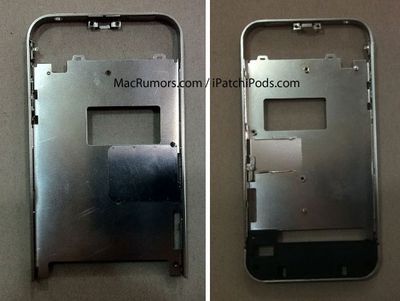
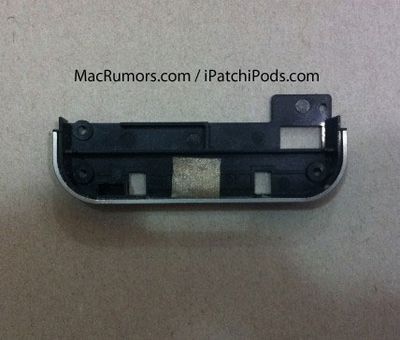
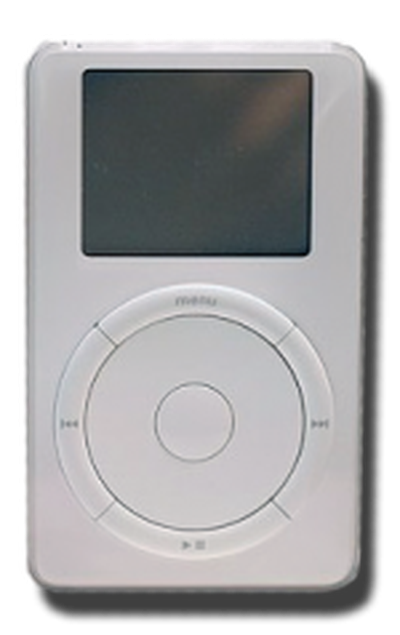 In a wide-ranging
In a wide-ranging 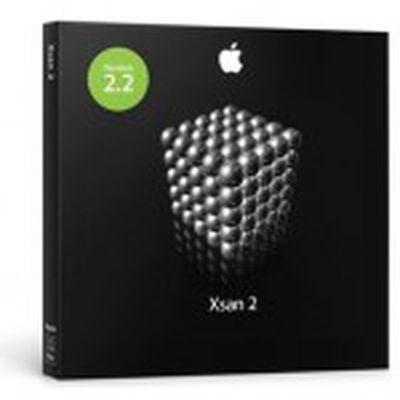 Apple today released a new update for Xsan, the company's enterprise-class storage area network (SAN) solution, bringing the software to
Apple today released a new update for Xsan, the company's enterprise-class storage area network (SAN) solution, bringing the software to 

